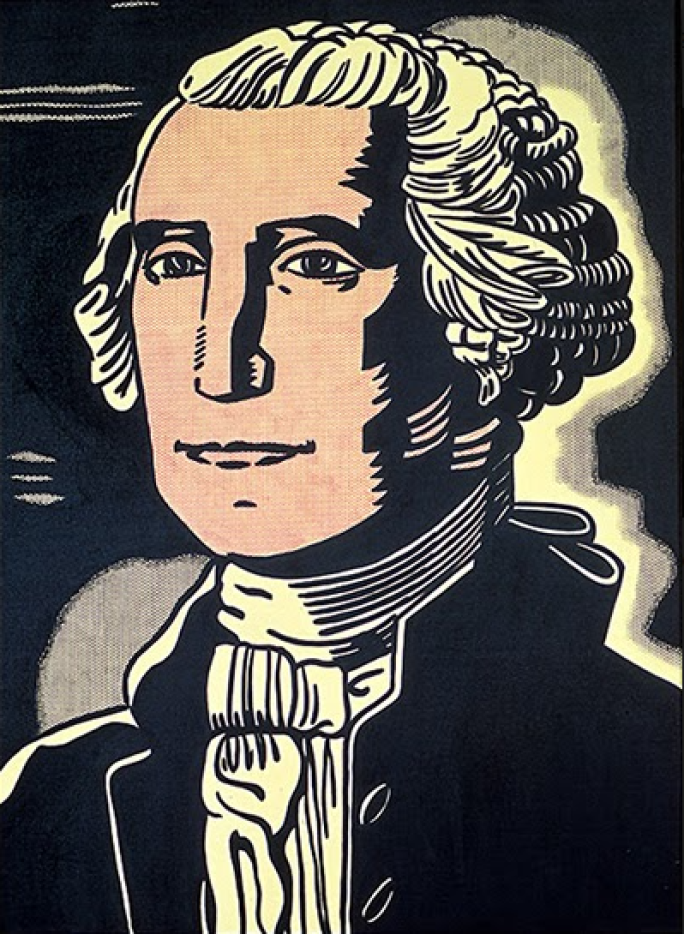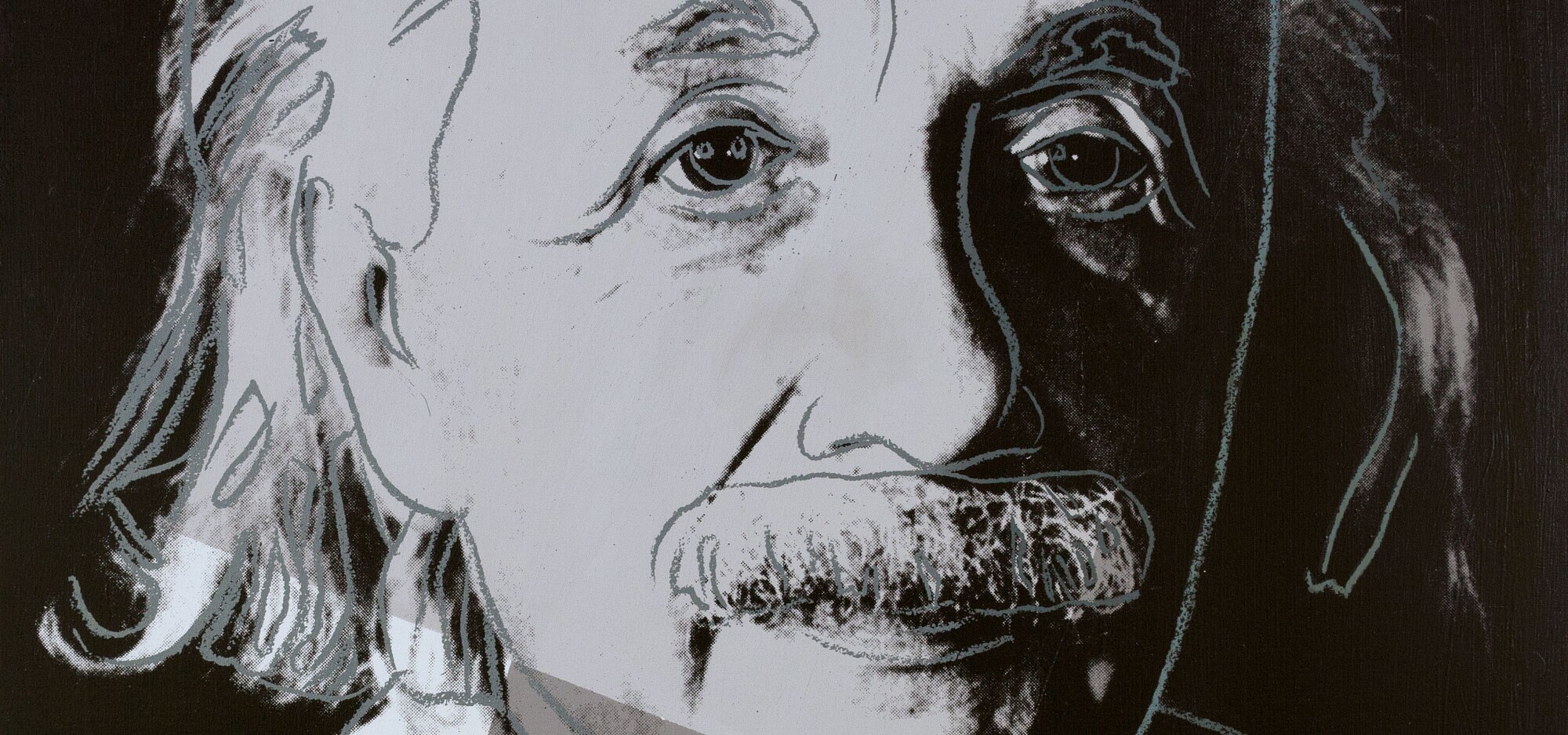B y the end of 1979, Andy Warhol had conquered the art world. After the success of the Skulls series in 1976, which played into Warhol’s ongoing fascination with death as spectacle and signifier, at the end of the 1970s he started to produce a major retrospective series, revisiting some of the most emblematic images of his production. It was in this context at the beginning of 1980, during a chance meeting with Ronald Feldman, a former lawyer who had started his own gallery, that the artist told him about his wish to embark on a new project. The idea emerged to create a lithographic portfolio in collaboration with the gallery. The topic chosen for this series were personalities of the Jewish faith who had made their mark on the history of the 20th century. A combination of different factors was used to arrive at the final selection of ten thinkers, politicians, artists and writers: the work or action of each personality, their religious integrity, and the aesthetics of the most iconic image of each of them. In Warhol's pantheon, that he always chose to call his “Jewish Geniuses,” are the following (in alphabetical order): Sarah Bernhardt, Louis Brandeis, Martin Buber, Albert Einstein, Sigmund Freud, George Gershwin, Franz Kafka, the Marx Brothers, Golda Meir and Gertrude Stein.


Following the success of the lithographic portfolio, Warhol decided to render these same subjects and images as paintings. By enlarging the scale and transposing the portraits onto canvas, Warhol enshrined the visibility and fame of these pre-existing images. The present work, a stunning silkscreened rendering of Albert Einstein, simultaneously captures the inquisitive essence of the famed physicist and exemplifies Warhol’s preoccupation with the historicizing of genius, its encapsulation and reproduction. As someone who existed in the nexus of space, time, and fame Albert Einstein was a perfectly fitting subject for Warhol. This body of work exemplifies the artist’s lifelong project of canonizing illustrious figures in history who have informed culture and impacted public consciousness. His portrait of Einstein is particularly compelling for both its subject and flawless execution.

The decision to produce portraits of famed individuals of Jewish faith is an interesting and relevant decision given Warhol’s own biography and relationship to religion. Growing up as the Catholic son of Slovakian immigrants in Pittsburgh, Warhol’s childhood was marked by both material deprivation and religious influence. After moving to Manhattan in 1949, he soon established himself as a commercially successful illustrator and escaped financial precariousness, but his interest in powerful religious symbols would steer many of his artistic choices, particularly during this late phase of his career; the most prominent example being his famous The Last Supper paintings from 1986. The present work, executed at a mature moment in Warhol’s career, showcases the artist exploring themes and enduring currents of interest in fame and religious identity.

At the time of the first exhibition of the canvases in Miami in August 1980 and at the Jewish Museum of New York one month later, the series sparked controversy. Whilst some showed utmost enthusiasm, others were outraged by what they viewed as the vulgarization of personalities as respectable as these. As a catalyst of the legends and mindsets of his time, “Warhol examined the world from every angle, he multiplied it and he serialized it.” (Jean-Hubert Martin, Andy Warhol, Retrospective, 1989, p. 7) Holding up a mirror to his time, Warhol placed the human face and the genre of the portrait at the center of this gigantic and superb system, to which the Ten Portraits of Jews of the 20th Century pertain in general, and the portrait of Albert Einstein in particular.

